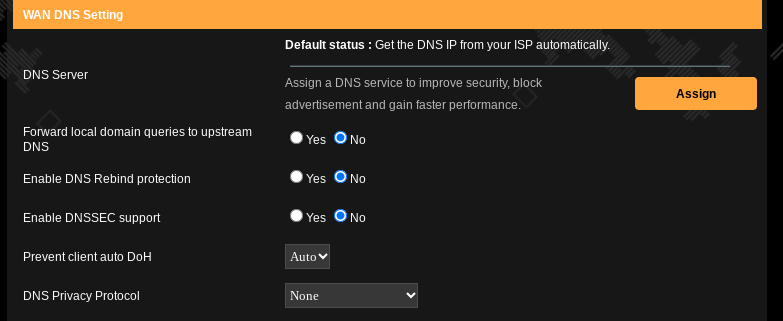I have never used Feit lights with Home Assistant, but yes, my bedroom lights turn on when it senses motion. That automation disables when my living room lights are off (assuming we turn them off at bedtime) or when my phone plugs in to charge (which I do at bedtime). I use a motion sensor by Phillips Hue, and it integrates directly with the Home Assistant Yellow thru its Zigbee radio without an additional hub.
This is where the 120 volt power makes it a little worse for us Americans. 2200w would be 18 amps, easily taking most of the power on a breaker.
If kettles ever got more popular in the US maybe they could put 240v outlets in kitchens for kettles, but that would be a huge change.
RVAtom
joined 8 months ago

So this definitely seems like the guide that helped the most. I spent more hours than I would like to admit working on this over this weekend.
I am trying to figure out if I have a way to do what I want to here. When it was all said and done I could no longer log into the remote computer I was using to run my Jellyfin server. I have been messing around a little bit using a Linux PC with that, and enjoyed that aspect of things, but it seems like once you get hardware acceleration going, you cannot see the desktop anymore. There were several warnings about this so I wasn't entirely surprised when it happened.
I think I am going to end up needing to get rid of the proxmox part, and just run Linux directly on the computer if I want to do this, and remote into it. It is currently not hooked up to a monitor and is actually on top of my kitchen cabinets out of the way. It was a fun challenge and I learned a lot I think.